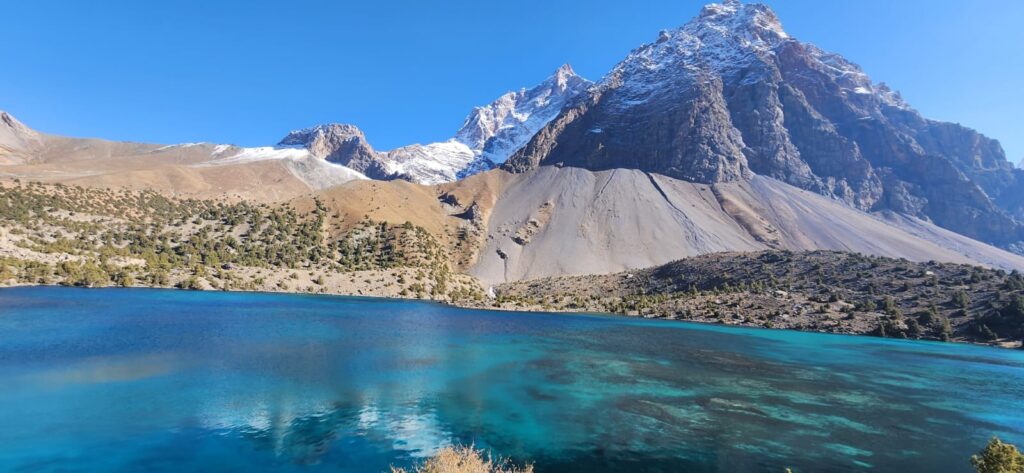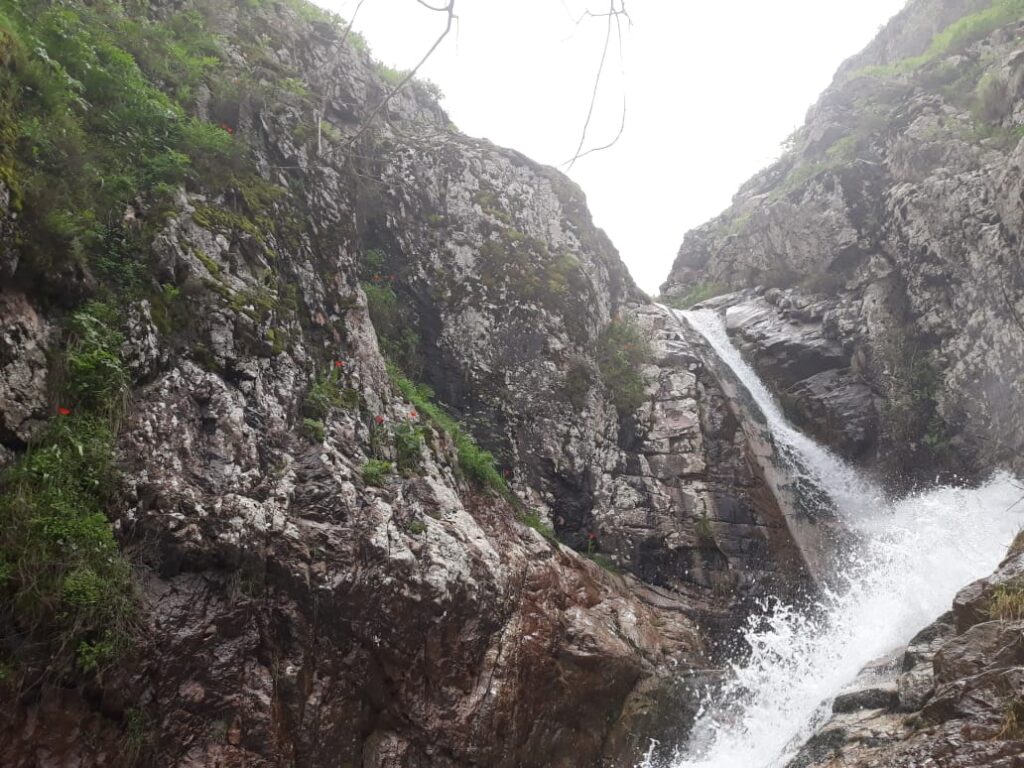The Panj River moves steadily, carving its way between steep cliffs of the Pamirs and the Hindu Kush. On one side is Tajikistan, on the other Afghanistan. The water itself seems indifferent, tumbling with a roar in spring and shimmering quietly in summer. Yet for those who live along its banks, the river is not simply water, rather it is boundary, barrier, connection, and witness.
In villages on the Tajik side, families stand on rooftops and look across to houses just a few hundred meters away, their neighbors in another nation. Children wave across the water, knowing they cannot cross. The river both joins and separates. During Soviet times, crossings were tightly controlled; today they remain guarded, though bridges have been built. Still, the Panj is a reminder that geography can divide as much as it sustains.
For local people, survival has always been collaborative. Farmers on both sides depend on the same snow-fed waters, planting wheat and barley in parallel rhythms. Traders once forded the river with caravans of wool and fruit, weaving connections between valleys. Now official checkpoints mediate that movement, and yet the memory of shared lifeways persists. A herder near Khorog explains: “The goats don’t know the border. The grass is the same on both sides.” His words capture the quiet irony of ecological continuity against human division.
The Panj teaches that survival in fragile landscapes is always shared, even when politics insists otherwise. Water, soil, and climate do not stop at fences or flags. They flow, erode, replenish, and demand cooperation. To live along the Panj is to know that one’s fate is tied not only to the mountain above but also to the unseen neighbor across the river.
The river is also fragile. Climate change accelerates glacial melt, raising flows in spring and leaving them low in late summer. Floods wash away fields, bridges, and sometimes lives. Both countries face the same hazards, yet respond with unequal resources. Tajikistan struggles with outdated flood defenses; Afghanistan’s villages often lack any at all. The Panj carries risk downstream in equal measure, but its management remains divided by national lines.
Security shapes the river too. Patrol boats churn through calmer stretches, and checkpoints dot the roads along its banks. For villagers, these presences are part of daily life: sometimes as a sign of protection and sometimes as intrusion. The river is not only natural but political, a site where cooperation and suspicion coexist.
Despite these complexities, collaboration emerges. Cross-border projects, often led by international organizations, promote joint monitoring of floods, shared early-warning systems, and even ecological restoration. In some places, scientists on both sides measure the river’s chemistry, tracking pollutants and sediment loads. Their work is quiet but radical, defying the idea that the river must only separate.
Local practices of survival also speak to this collaboration. When floods destroy canals, families rebuild them collectively, regardless of which side is hit harder. When trade resumes, albeit sporadically, goods cross bridges that were once closed. Women in Tajikistan’s Ishkashim district recall buying spices from Afghan traders at weekly markets, the air filled with scent and chatter. These markets reopen and close with the tides of politics, but the desire for connection persists.
To walk along the Panj is to feel both isolation and intimacy. Isolation, because the cliffs and currents limit passage; intimacy, because life mirrors itself on both sides. Houses built of stone, fields of barley, children carrying bundles of wood with their reflections shining across the water. One landscape, two nations, one river, many fates.
The Panj is not unique in this role. Other rivers in Tajikistan mark boundaries, such as the Amu Darya further west. But the Panj is iconic, a symbol of both division and survival. Its flow reminds us that ecology disregards borders, and that human survival, too, is collaborative at its core.
References
- International Crisis Group. (2015). Tajikistan and Afghanistan: Border Dynamics and Security. Brussels: ICG.
- UNEP. (2014). Managing Shared Water Resources in Central Asia. Nairobi: United Nations Environment Programme.
- World Bank. (2013). Rivers of the Region: Water Management Challenges in Central Asia. Washington, DC: World Bank.








